Skin cancer is the most common type of cancer. It typically affects people with lighter skin tone. Skin cancer is the uncontrolled and abnormal growth of destructive malignant skin cells. It occurs when unrepairable DNA damage that occurs in the skin cells triggers a mutation that makes them multiply rapidly and form malignant skin tumors.
Skin cancer is mostly caused by ultraviolet radiation from sunshine or tanning beds. Skin cancers have a limited potential to spread to other parts of the body and may become life-threatening if not treated on time. They are common and can be effectively treated but the treatment of some forms of skin cancers can be difficult. However, early diagnosis and treatment can increase the survival rate.
The following are the three common types of skin cancers:
There are also some other types of skin cancers such as Merkel cell skin cancer, Kaposi sarcoma skin cancer and lymphoma of the skin, but these are rare. Although, some of these are aggressive skin cancers and has a high risk of recurrence.
The typical skin cancer symptoms vary from patient to patient. The symptoms also vary depending on the type of skin cancer that the patient has.
However, basal and squamous skin cancers can have some common symptoms, which include:
Melanoma skin cancer can have some different types of skin cancer symptoms. There is an ABCDE rule guide that explains the melanoma symptoms:
Before undergoing the treatment, it is important for you to know which type of skin cancer you have. The same way, it is important for the doctor to know the stage and type of skin cancer that you have so that he or she can prepare a treatment plan that will best meet your medical needs.
The first step in cancer treatment is the diagnosis. Once you arrive at the doctor’s clinic or hospital with a certain set of symptoms, you will have to undergo a few tests for accurate diagnosis.
The following are the two tests used for skin cancer diagnosis:
Once the cancer is diagnosed, you should have a thorough discussion with the doctor about his or her future set of actions for treatment. Clarify all your doubts from the doctor as this will help set your expectations with respect to the future course of treatment, its duration, and the associated costs.
Ask the doctor for specific instructions as to what specific precautions you must take before, during, and after skin cancer treatment. Know what may aggravate your condition and what medications you need to take a few days before the treatment. You may also be advised to stop a few medications before the treatment is initiated.
Several effective skin cancer treatment modalities are available, which is selected depending on the type of skin cancer that the patient is suffering from. Your dermatologist will choose the best suitable treatment for you depending on the type of skin cancer, location, your age, general health, and condition (whether the cancer is primary or a recurrence).
Some of the common treatment options for skin cancer include the following:
Destruction of skin cancer by electrodesiccation and curettage is known as EDC therapy. This treatment is fast, easy, and less expensive in comparison to other skin cancer treatment options. In this treatment, the area of the affected skin is numbed with a local anesthetic and scraped repeatedly with a sharp instrument called curette. After that, the edge is cauterized with an electric needle.
Surgery is a more complicated and expensive procedure than EDC. During this skin cancer treatment, the surgeon first numbs the affected area with a local anesthetic. Then the malignant skin tissues are fully removed. Lastly, the edges of the wounds are closed with sutures. Surgery has a greater cure rate and the scar produced is usually more cosmetically acceptable than EDC procedure.
Mohs surgery for skin cancer is a microscopically-controlled treatment performed for common types of skin cancer. During this treatment, the surgeon keeps on removing layers of tissues and see it under the microscope to look for cancer cells.
Radiation therapy is an option when the patient is not suitable for surgical treatment such as the elderly. The treated area cannot be tested to be sure that the entire cancer is gone and the radiation scar looks worse over time.
In the case of basal cell skin cancer, some gels, creams, and solutions can be used to reduce cancerous cells.
Chemotherapy drugs such as fluorouracil (5-FU) can be given orally to the patient to treat skin cancer. It works by stimulating the body's immune system to produce interferon, which attacks the cancer cells.
Alternative therapy includes the use of herbs, vitamins, and special diets, or other methods such as acupuncture or massage. Alternative therapy, however, cannot be used alone to treat skin cancer completely. It can only be used to reduce the severity of the symptoms.
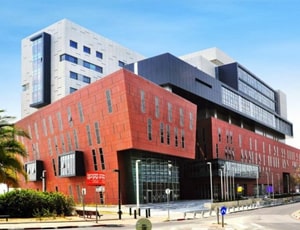
Tel Aviv, Israel
Assuta Medical Center is a leading private hospital in the capital city of Tel Aviv in Israel. Assut...more
![]() Accommodation
Accommodation
![]() Airport Transfer
Airport Transfer
![]() Choice of Meals
Choice of Meals
![]() Interpreter
Interpreter
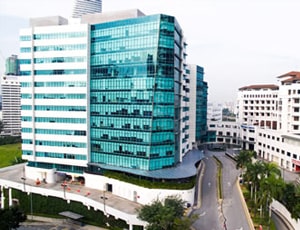
Kuala Lumpur, Malaysia
History Parkway Pantai Hospital in Kuala Lumpur, Malaysia is operating under the Parkway Pantai gro...more
![]() Accommodation
Accommodation
![]() Airport Transfer
Airport Transfer
![]() Choice of Meals
Choice of Meals
![]() Interpreter
Interpreter
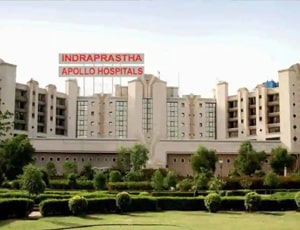
Delhi, India
Equipped with more than 50 specialty institutes, Indraprastha Apollo was started with the vision of ...more
![]() Private Rooms
Private Rooms
![]() Translator
Translator
![]() Nursery / Nanny Services
Nursery / Nanny Services
![]() Airport Pick up
Airport Pick up
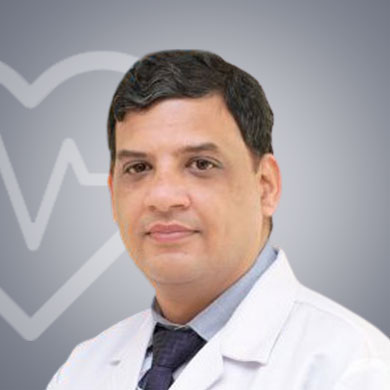
Medical Oncologist
Delhi, India
10 Years of experience
USD 32 for video consultation
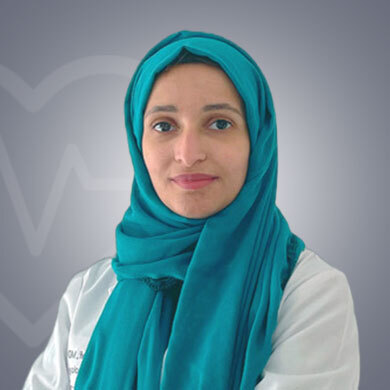
Medical Oncologist
Ontario, Canada
10 of experience
USD 250 for video consultation
Q: Can skin cancer be cured completely?
A: It is possible to treat early-stage skin cancer with the help of surgery and chemotherapy. However, Stage 4 skin cancer is often difficult to cure because it has spread to distant parts of the body, including lymph nodes. Chances of recurrence are high in such cases, even after treatment.
Q: Is it possible to prevent skin cancer?
A: Taking preventive steps is the best way to prevent skin damage due to sun exposure. Some of these steps include the following:
Q: Is it possible to get skin cancer anywhere on the body?
A: Skin cancer most commonly affects the body parts that have been exposed to the sun for the maximum duration. However, it is possible to get skin cancer even on body parts that have been rarely or never exposed to the sun.
Q: How can I know if I have skin cancer?
A: If you observe any abnormality in the skin, it is better to go visit a dermatologist for further examination. Only an experienced dermatologist will be able to tell if skin cancer is suspected. If that is the case, he may refer you to a higher skin specialist or an oncologist.